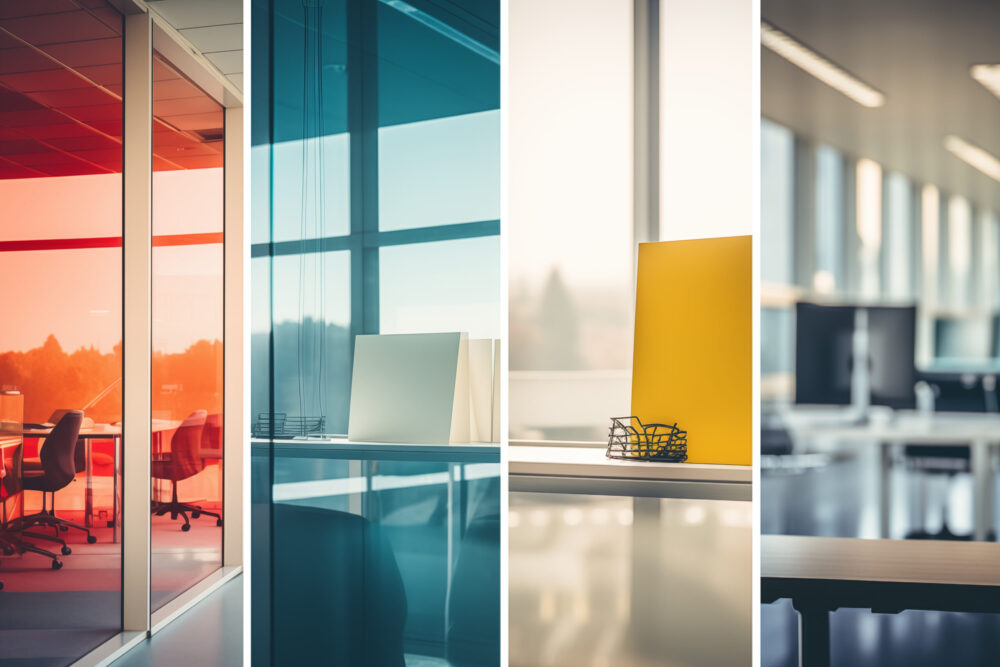Neurodiversity is one of the hottest topics of 2024, with employers increasingly recognising that embracing differences is not only the right thing to do, it also benefits the whole organisation. Harvard Business Review even reports that neurodiversity has shown to be a competitive advantage for major companies who are running specific programmes.
But with 997 people already registered for our next Make A Difference webinar focused on “Unlocking neurodiversity in the workplace”, it’s clear that many are still confused about how to approach this effectively.
As employers revisit the design of their workspaces, taking into account individuals’ needs to support new ways of working and encourage colleagues back into the office, it’s the perfect time to ensure neurodiversity is baked into both workplace design and culture.
In this article we share tips from workplace design and build specialists Oktra (who are exhibiting at our sister event, The Office on 23rd and 24th April).
Types of workspaces that support neurodiversity
A space that accommodates neurodiversity has subtle differences between areas, offering unique settings that allow people to work in areas that are best suited to them. However, it is critical that these areas feel incorporated into the main design.
Designing a workplace which supports neurodiverse workers can be achieved by making considerate, intelligent changes as the types of spaces don’t necessarily need to be that different to accommodate neurodivergent staff.
Including headphones in meeting rooms to help prevent sensory overload or manually adjustable light controls are two quite simple adjustments which can transform an environment.

Four main groups to consider: how different people respond to spaces
Oktra explain that we all work in different ways and the design and layout of an office is responsible for making it easy for people to be productive by working in conditions that they respond to best.
Whilst working styles are more generic than the intricate needs of a neurodivergent employee, it does help to consider the four main groups to understand how different people respond to certain spaces.
1. Data oriented
Data orientated workers are best suited to quiet spaces. Quiet workspaces are an essential part of a workplace but they are especially important when supporting a variety of working styles and individuals. There should be dedicated areas that allow people to escape the main working areas and concentrate on more challenging tasks.There should be an option between an area to sit quietly and think between meetings, as well as a dedicated space for highly focused work.
2. Detail orientated
Detail orientated workers are those that thrive in a traditional environment with a task chair and desk. These workers will tend to avoid the more casual environments unless when they are working with others as part of a group. Having a wide range of meeting rooms which provide different tools, technology and commitment will enable detail orientated workers to work in spaces that benefit their productivity. The lighting, seating and fabrics used in these spaces play an important role for neurodiverse workers as they will allow them to move to the best location for the activity they are doing.
3. Emotionally orientated
Workers that are more emotionally, or socially, driven require dedicated space for collaboration and interaction. Establishing a connection with the wider working community is a defining feature of an emotionally orientated worker as they typically benefit from other people and respond to the energy of the people around them.
These emotionally orientated workers will tend to move towards open, louder workspaces where they can speak with others and work as a team rather than be tucked away in a quiet setting.
4. Idea orientated
Idea orientated workers need more agile and open spaces to embrace their creativity. Agile spaces are any type of space that allows employees to move away from their fixed desks; not only somewhere to go and work on a task.
Idea orientated workers need the freedom to move around and innovate. Multifunctional spaces like booths, height adjustable desks and informal workspaces allow for movement and a choice between settings which allows workers to select their workspace based on the task at hand.
Unlocking neurodiversity in the workplace
To sum up, Oktra explain that as neurodiversity covers a broad range of conditions, all of which may manifest themselves in different ways, designing a workplace that supports neurodiversity needs consider more than simply adding a range of different spaces.
The office itself can be designed to give people what they need from an operational level but the individual nuances may require adapting to deliver a long-term solution.
Organisations can improve their input by becoming more aware of the challenges and approaching the subject with greater knowledge and sensitivity. These changes come down to improving the office experience for workers and this can be approached on many levels to ensure people are getting the most out of their time in the office.
You can read more about Oktra’s approach to designing for neurodiversity here.
You can register to join The Office Event, and its comprehensive free-to-attend education programme, featuring a host of speakers from GSK, Barclays, Arup, Lloyds Banking Group, GWI, Legal & General, WeTransfer and many more here.
You might also like:












